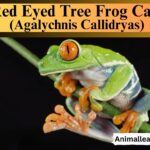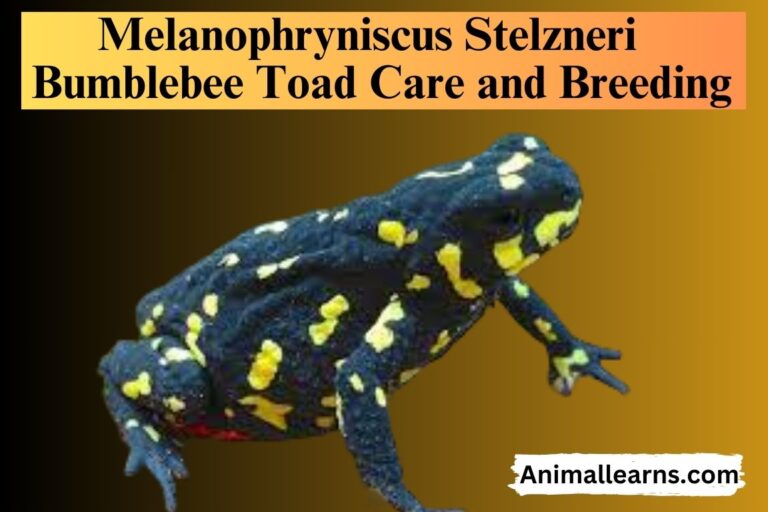Top 10 Frogs Of Arkansas | Frogs and Toads of Arkansas
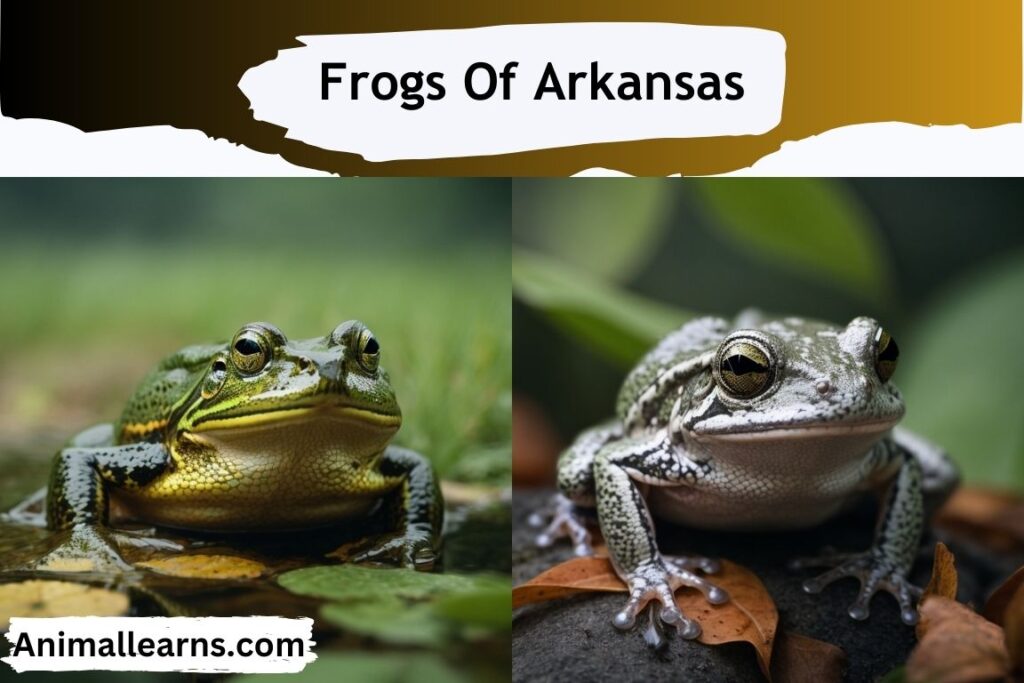
Frogs of Arkansas beckon with tales told in chirps and trills, revealing nature’s enchantment in forests, meadows, and your backyard. With twenty-three different species of frogs hiding and jumping throughout its varied terrain, Arkansas is home to a thriving symphony of amphibian life.
These small marvels fill the air with distinct sounds, from the thunderous croaks of the huge American Bullfrog in freshwater lakes to the tiny, high-pitched peeps of Spring Peepers reverberating through wet forests.
The Eastern Gray Tree Frog, the champion of camouflage, is able to blend in perfectly with the mossy branches, while the resilient Wood Frog can withstand temperatures as low as -40°C.
Frogs Of Arkansas List
- American Bullfrog
- Bronze Frog/Green Frog
- Wood Frog
- Boreal Chorus Frog
- Cope’s Gray Tree Frog
- Strecker’s Chorus Frog
- Spring Peeper
- Squirrel Tree Frog
- American Toad
- Blanchard’s Cricket Frog
American Bullfrog
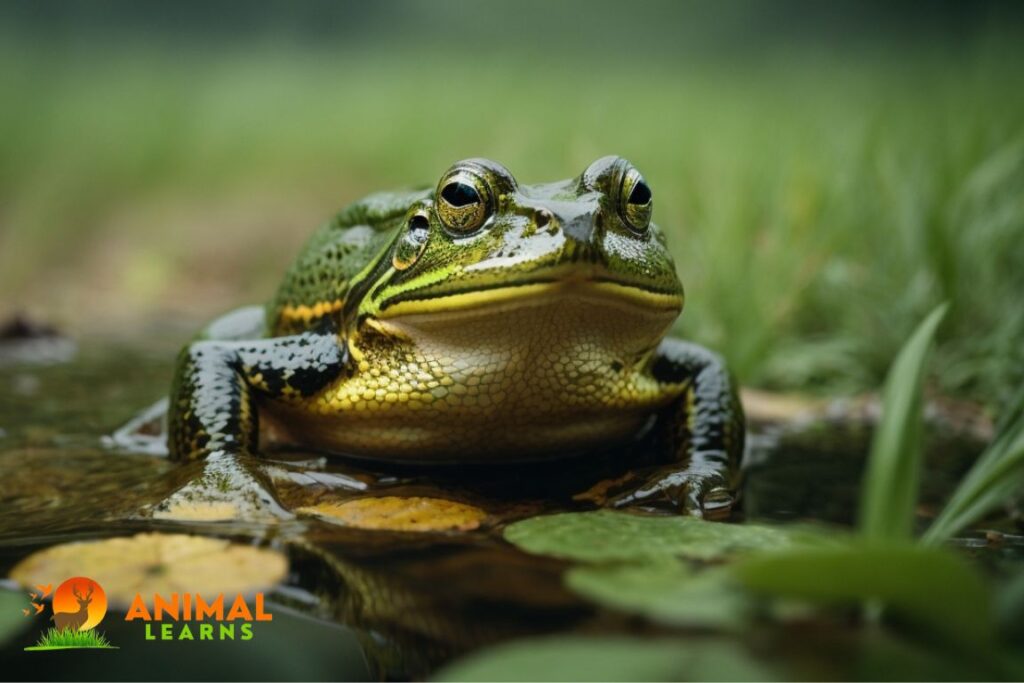
| Feature | Information |
| Scientific Name | Lithobates catesbeianus |
| Diet | Fish, insects, small mammals, birds |
| Location | Freshwater ponds, lakes, marshes throughout North America |
| Breeding Season | March to August |
The biggest frog in the state is the American Bullfrog. They are located next to lakes, streams, and sizable ponds that are permanent bodies of water. The males of the species have brilliant yellow necks once they are sexually mature.
Although they lack a dorsal ridge along the length of their back, they resemble green frogs in many ways. It encircles their tympanum. With its loud voice and commanding appearance, the American Bullfrog is the epitome of amphibian swagger in Arkansas.
With its massive eight-inch length and protruding leg muscles, this enormous frog is commonly seen and heard in freshwater lakes, marshes, and home ponds. With flecks of brown and olive, its emerald green skin helps it blend in with the reeds, and when it lets out its distinctive loud “jug-o-rum” cry, its large yellow neck pouch inflates like a warning flag.
Bullfrogs are ravenous predators who wait patiently and devour everything that dares to cross their path, including fish, insects, and the odd unlucky bird.
Bronze Frog/Green Frog
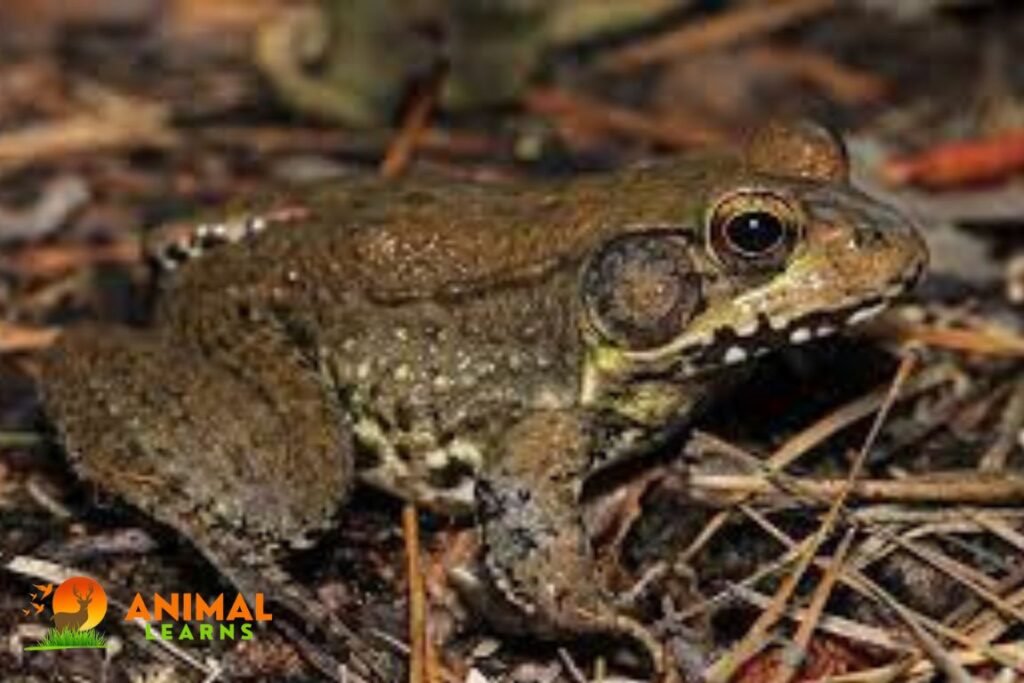
| Feature | Information |
| Scientific Name | Lithobates clamitans |
| Diet | Insects, spiders, worms |
| Location | Shallow ponds, swamps, marshes |
| Breeding Season | April to July |
The Green Frog ranges in size from medium to giant. They are frequently found close to lakes, ponds, streams, and other bodies of water. The males of the species have brilliant yellow necks once they are sexually mature.
Though slightly smaller, the Green Frog resembles the American Bullfrog in appearance. Although it does not reach all the way, it has a dorsal ridge running down its back.
Even though it’s not nearly as big as its green counterpart, the Bronze Frog can still be heard clearly in the humid air because of its loud, rich croak and strong leap.
The Bronze Frog, in contrast to its relative that prefers the water, likes to go ashore where it may hunt insects amid cattails and bask in the sun on mossy logs. The Bronze Frog enters the chorus in the spring when everything around it begins to bloom, singing to prospective partners with a guttural trill that conveys fiery resilience and hidden depths.
The Bronze Frog infuses the Arkansas environment with a touch of peaceful beauty and lively melody, whether it be in sun-dappled shallows or emerald marshes.
Wood Frog

| Feature | Information |
| Scientific Name | Lithobates sylvaticus |
| Diet | Insects, spiders, worms |
| Location | Wooded areas with temporary pools |
| Breeding Season | March to April |
One such species that has always delighted scientists and biologists is the wood frog. These little animals have a remarkable capacity to withstand freezing temperatures. In addition, they have intriguing feeding habits and are known to roam across great distances.
Typically, the hue of these little frogs is either dark brown, pink, or tan. One of the most noticeable characteristics of the wood frog is its “dark eye mask,” which finishes abruptly beyond the eardrum.
These species frequently have a thin line running down their backs. The abdominal portion has a white tint with occasional black specks. The little wood frogs range in length from 3.5 to 8.3 cm.
Boreal Chorus Frog

| Aspect | Information |
| Scientific Name | Pseudacris maculata |
| Diet | Insects, small invertebrates |
| Location | North America, primarily in Canada |
| Breeding Season | Late spring to early summer |
The Boreal Chorus frog is up to 1-1/2 inches long, brown, and has three black lateral stripes or spots down its back. It also has a white upper lip. Although they prefer to be near water with a lot of vegetation, these frogs also require a shallow, open space for breeding.
These frogs are extremely uncommon in Arkansas; reports of them have only been made in the Pea Ridge, Benton County, area. In contrast to the spring peeper’s melodic whistle, the cry of the boreal chorus frog is more tinny and mechanical.
The two species sound identical when they run their fingers over a comb. In groups of 5–300, females deposit 500–1,500 eggs. Below is a recording of the call.
Cope’s Gray Tree Frog

| Feature | Information |
| Scientific Name | Hyla chrysoscelis |
| Diet | Insects, spiders |
| Location | Trees near water, shrubs, bushes |
| Breeding Season | May to August |
The Cope’s Gray Tree Frog (Hyla chrysoscelis) is a master of disguise, adept at blending in with its leafy surroundings. These tiny acrobats, measuring a mere 1.25 to 2 inches long, are native to the eastern United States and Canada, where they make their homes in wooded areas near ponds, swamps, and marshes.
Aside from their calls and chromosomal counts, Gray Tree Frogs are almost exactly the same. You can find these medium-sized frogs sitting on the side of your home or in trees. They might have green hues as well as gray ones. Their rear legs are orange or yellow in hue.
Strecker’s Chorus Frog
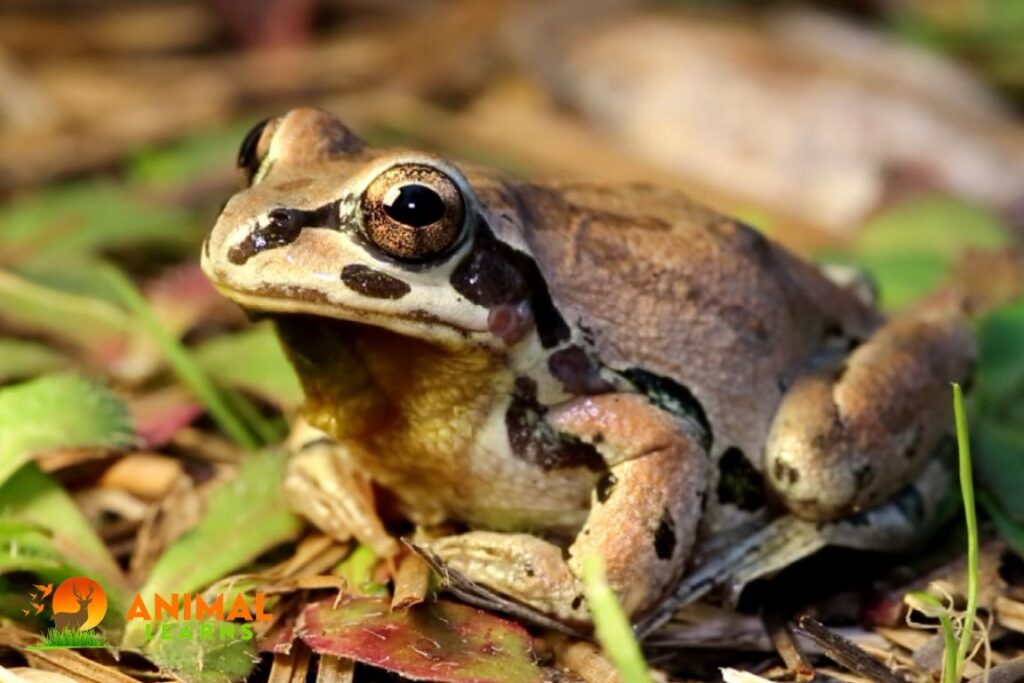
| Feature | Information |
| Scientific Name | Pseudacris streckeri |
| Diet | Insects, spiders |
| Location | Open fields, meadows, near ponds |
| Breeding Season | April to June |
The Strecker’s Chorus Frog, one of the many captivating voices within the diverse chorus of frogs of Arkansas, fills meadows with its high-pitched trills come spring. In the late afternoons of spring and summer, meadows and grasslands in Arkansas come alive with song.
These musical pipers are Strecker’s Chorus Frogs, and they sound like a swarm of chirping crickets with their high-pitched whistles. Measuring just an inch in size, these little maestros are experts at hiding. Their bodies, mottled with gray or brown, blend in well with the grasses and fallen leaves.
Since the Illinois and Strecker’s Chorus Frogs are almost similar, their locations are the greatest indicators of their differences. Both frogs lack the white line that runs down the lips, setting them apart from the other chorus frogs.
Strecker’s Chorus Frogs, unlike their burrowing counterparts, like to climb grass blades or perch on low branches, navigating their green realm with their sticky toe pads. But at night, they transform into vociferous monarchs who whistle quickly, charming the moon.
Every call is a distinct, single note that reverberates throughout the countryside in a rhythmic symphony that lasts only a few hundredths of a second. These aren’t just amusement pieces; these are love songs, with each man vying for a partner with his musical skills.
Spring Peeper
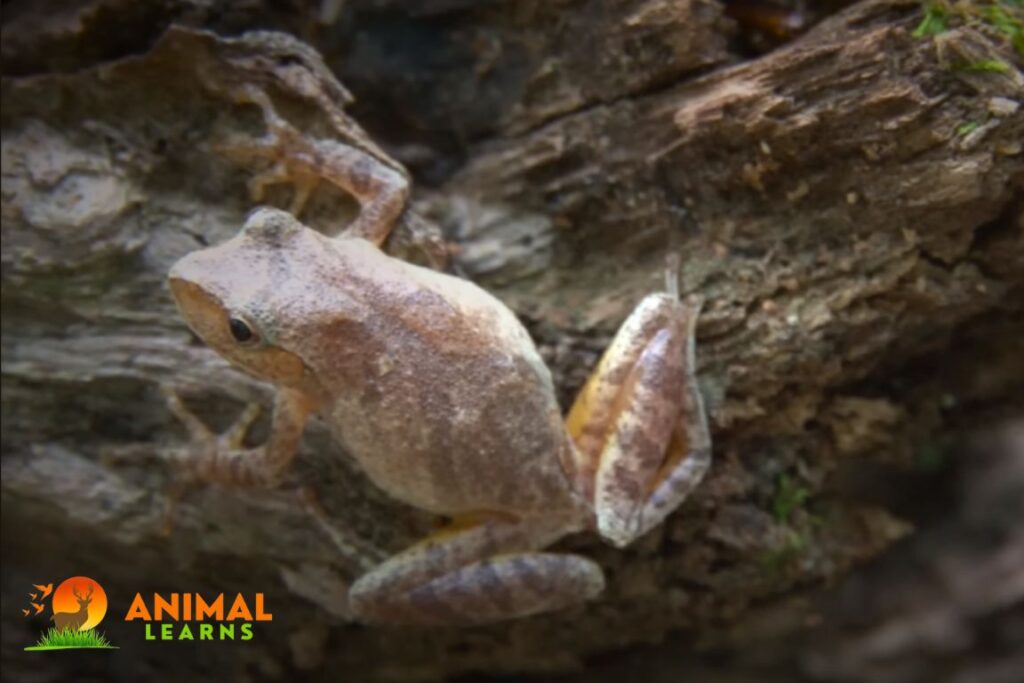
| Feature | Information |
| Scientific Name | Pseudacris crucifer |
| Diet | Insects, spiders |
| Location | Moist woodlands, marshes, meadows |
| Breeding Season | March to May |
A little chorus frog, the spring peeper is frequently seen on the forest floor or low on tree trunks. Because of their tiny size, they might be difficult to locate; however, in the spring, when they migrate to makeshift ponds to reproduce, they become more visible.
They have an x on their back, which helps to differentiate them from Boreal Chorus and Cricket frogs. The little conductor of the night chorus, the Spring Peeper! These tiny, inch-long wonders may be found in Arkansas and other parts of eastern North America.
With their greenish-brown bodies dotted with darker patterns, they are experts at hiding and may blend in with twigs and leaves. Their vocals are anything but subdued, nevertheless, given their little stature.
When spring arrives, men burst into a chorus of high-pitched “peeps,” a quick song that makes the air feel like it will get warmer. They use this serenade to entice females to reproduce in temporary lakes and wetlands; it’s not simply a show.
Squirrel Tree Frog of Arkansas
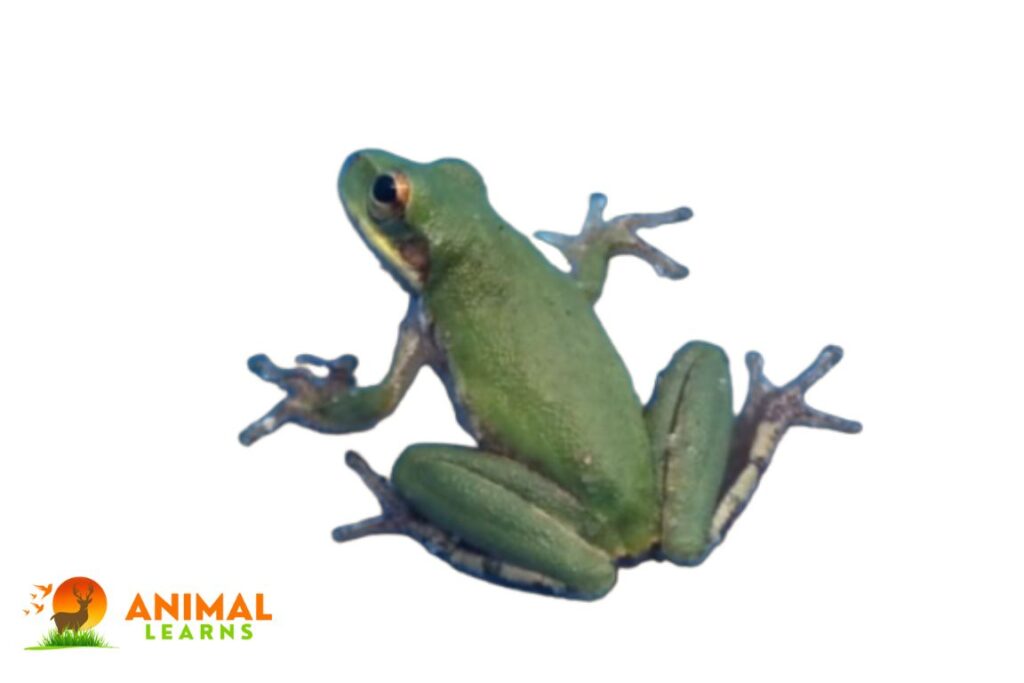
| Feature | Information |
| Scientific Name | Hyla squirella |
| Diet | Insects, spiders |
| Location | Trees near water, shrubs, bushes |
| Breeding Season | April to July |
Squirrel tree frogs and green frogs are quite similar. Whereas the Squirrel Tree Frog lacks a stripe running down its side, the Green Tree Frog does. Only the southernmost portion of the state is home to the Squirrel Tree Frog, which is more uncommon than the Green Tree Frog.
Adding vibrant splashes of green to the treetops, the Squirrel Tree Frog is a miniature acrobat among the frogs of Arkansas, flitting with ease through branches and serenading the night with chirpy calls.
Charming inhabitants of the Southeastern United States, including Arkansas, are the Squirrel Tree Frogs. Imagine a very nimble green acrobat, barely larger than your thumb, skillfully scuttling between leaves and clinging to trees.
They are experts at hiding among dense vegetation because of their smooth, green skin, which frequently has faint markings or marbling. However, don’t undervalue their singing abilities! Their chorus frequently increases with the sound of showers, giving them the moniker “rain frogs” due to their high-pitched chirps and trills that fill the air as evening sets.
Most of their lives are spent in the treetops, where these nimble climbers feast on insects and take pleasure in the refreshing canopy wind.
American Toad

| Feature | Information |
| Scientific Name | Anaxyrus americanus |
| Diet | Insects, spiders, worms |
| Location | Terrestrial habitats near water sources, forests, gardens |
| Breeding Season | April to July |
The American Toad is a medium-sized toad that can have patches of black, gray, or red coloring in addition to its predominant brown hue. Its skin is rough and warty. The toads are found almost everywhere, even in cities. The parotoid gland and its cranial crest do not contact, or they are separated by a spur. Their undersides are mottled as well.
Never undervalue the toad’s singing abilities! Male toads erect their necks and produce a shockingly loud, melodic trill to entice females during the mating season. A really lovely experience is hearing the chorus of toads on a warm summer’s evening.
Even though they might not make cute pets, toads are intriguing creatures that should be respected and valued. They serve as a reminder that beauty exists in all forms and dimensions and that even the tiniest organisms may have a significant impact on the natural environment.
Blanchard’s Cricket Frog
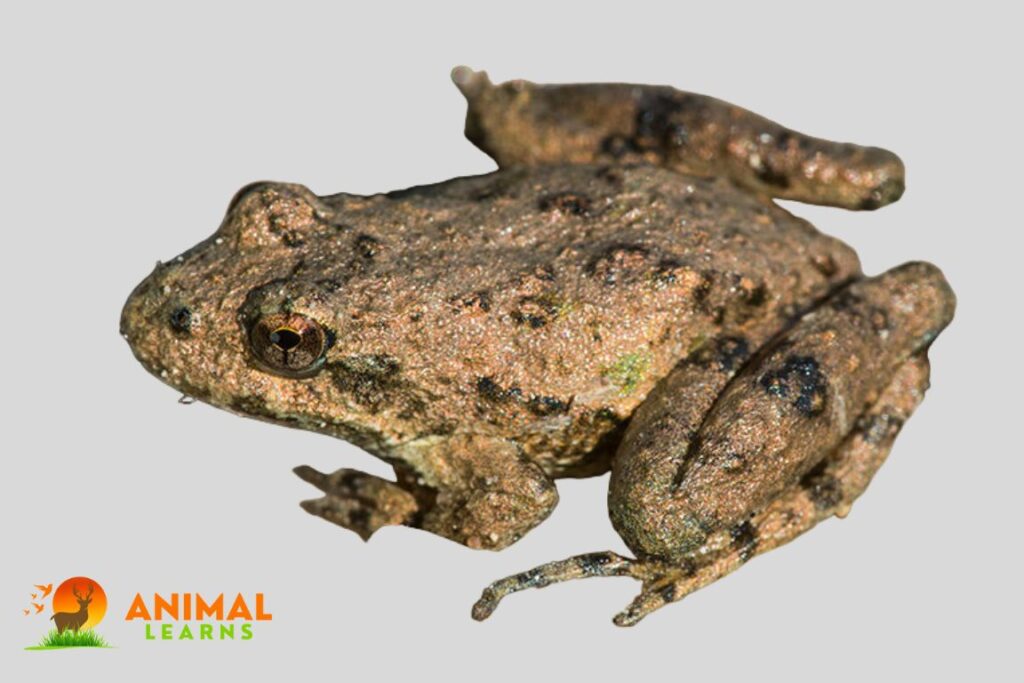
| Feature | Information |
| Scientific Name | Acris Blanchard |
| Diet | Insects, spiders |
| Location | Damp meadows, grasslands, near ponds |
| Breeding Season | April to June |
Though petite, the Blanchard’s Cricket Frog adds a high-pitched chorus to the symphony of the frogs of Arkansas, its trills echoing through damp meadows and grasslands.
There is just one type of cricket frog in the state: the Blanchard’s Cricket Frog. Compared to other tree frogs in the state, it has comparatively rougher skin. It also lacks any recognizable identifiers.
Small and precious, the Blanchard’s Cricket Frog is indigenous to the Midwest region of the United States. This little insect, which is just slightly larger than a thumbnail, still manages to cram a lively personality into its small body.
Its rough, warty skin has a camouflage color scheme of tans, browns, and greens with occasional black or red specks. Its face has a whimsical touch thanks to the unique brown or green triangle that sits between its eyes.
Poisonous Frogs In Arkansas
Although Arkansas is home to many interesting frog species, only one is thought to be genuinely poisonous: the pickerel frog.
The distinctive feature of pickerel frogs is the two rows of squarish dots that run down their backs. They may be found in wetlands, marshes, and beaver ponds all around the state. Pickerel frogs are an important part of the frogs of Arkansas.
In contrast to the vividly colored dart frogs seen in South America, the pickerel frog’s venom is not fatal to people. Rather, the toxins found in their skin secretions can cause irritation to the skin, lips, and eyes. Predators are discouraged by these poisons, which reduces the likelihood that the pickerel frog will end up as a nice dinner.
FAQs
What types of frogs can be found in Arkansas?
Arkansas is home to various frog species, including the American Bullfrog, Bronze Frog, Wood Frog, Eastern Gray Tree Frog, and Blanchard’s Cricket Frog.
When is the breeding season for frogs in Arkansas?
The breeding season for frogs in Arkansas varies, but it generally occurs from March to August, with specific months depending on the species.
Where can I find frogs in Arkansas?
Frogs can be found in diverse habitats across Arkansas, such as freshwater ponds, lakes, marshes, wooded areas with temporary pools, open fields, meadows, and near ponds.
What do frogs in Arkansas eat?
The diet of Arkansas frogs includes insects, spiders, small mammals, worms, and other small creatures depending on the species.
Are there poisonous frogs in Arkansas?
While there are no known poisonous frogs in Arkansas, it’s essential to be cautious and avoid touching wild frogs, as some species may secrete toxins or irritants through their skin.


